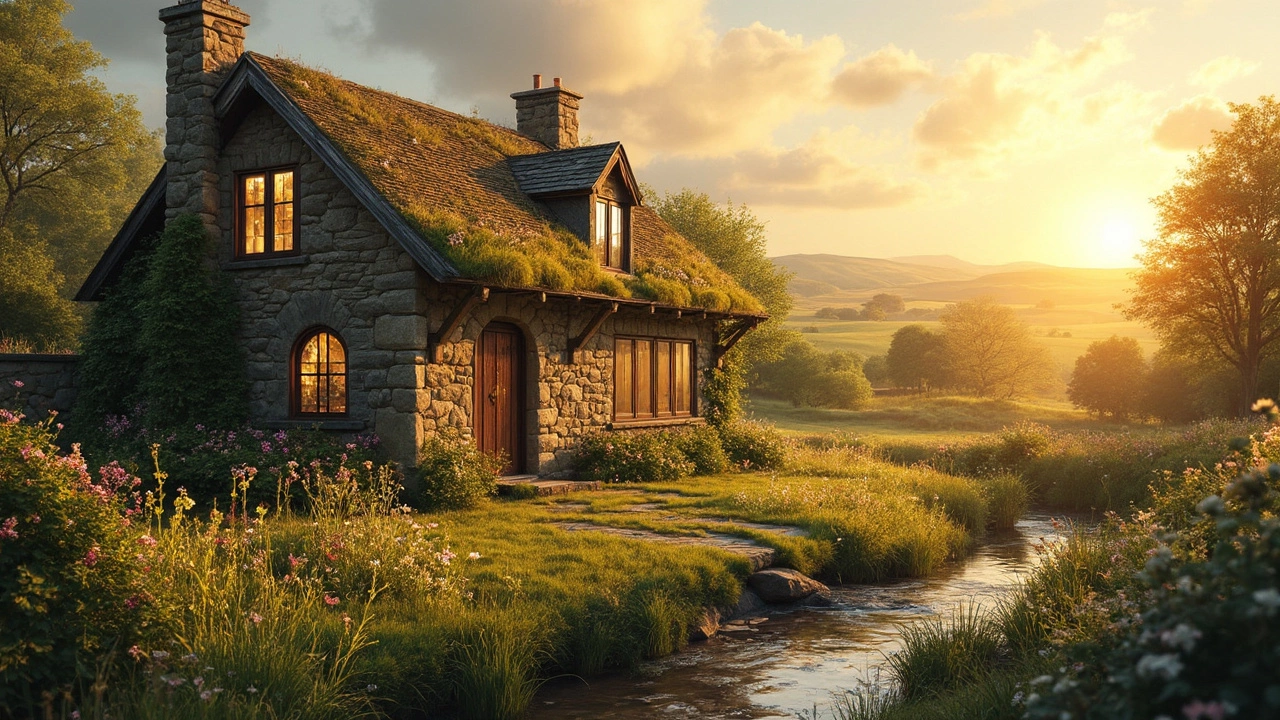Sustainable Homes: Simple Ways to Live Greener
Thinking about a greener place to live? You don’t need a massive budget or a degree in architecture to start. A sustainable home is just a regular home that uses smarter materials, cuts waste, and saves energy. Below you’ll find easy steps you can try today, plus a few bigger ideas for when you’re ready to go all‑in.
Start Small: Low‑Cost Upgrades That Matter
First, focus on the things that give the biggest return. Swapping out old incandescent bulbs for LED ones cuts electricity use by up to 80 %. A programmable thermostat lets you set heating and cooling only when you’re home, shaving off another slice of the bill.
Next, look at drafts. Simple weather‑stripping around doors and windows stops warm air from escaping in winter and keeps hot air out in summer. You’ll notice a steadier temperature and a smaller heating bill without any major construction.
If you have a garden, plant native shrubs and trees. They need less water, provide natural insulation, and attract pollinators. Even a few potted herbs on a sunny balcony can improve air quality and give you fresh flavor for cooking.
Go Bigger: Building or Renovating Eco‑Friendly Cottages
When you’re ready for a larger project, think about the materials you use. Timber from responsibly managed forests, straw‑bale walls, or hempcrete are all greener alternatives to concrete and steel. They store carbon and often need less energy to produce.
Insulation is the secret sauce of a sustainable cottage. Hemp, sheep’s wool, or recycled denim batts keep heat in without the chemicals found in some foam products. Pair good insulation with airtight sealing, then add a heat‑recovery ventilator (HRV) so fresh air circulates without losing warmth.
Renewable energy can fit into almost any budget. A small rooftop solar panel array can cover a good chunk of your electricity use. If full panels feel pricey, start with solar garden lights or a solar water heater for the kitchen sink.
Water conservation is another easy win. Low‑flow faucets, dual‑flush toilets, and rain‑water barrels for garden irrigation cut your water bill and ease pressure on local supplies.
Design matters, too. Orient the house to catch the sun in winter and shade it in summer. Large south‑facing windows let in natural light, reducing the need for electric lamps during the day.
Finally, think about the life cycle of every product you bring into the home. Choose furniture made from reclaimed wood, recycled metal, or biodegradable fabrics. When the time comes to replace items, look for products that can be repaired or recycled instead of tossed.
All these ideas add up. Whether you’re swapping a bulb or planning a full eco‑cottage, each step moves you toward a home that respects the planet and saves you money. Start with one change this week, and watch how quickly the benefits pile up.
